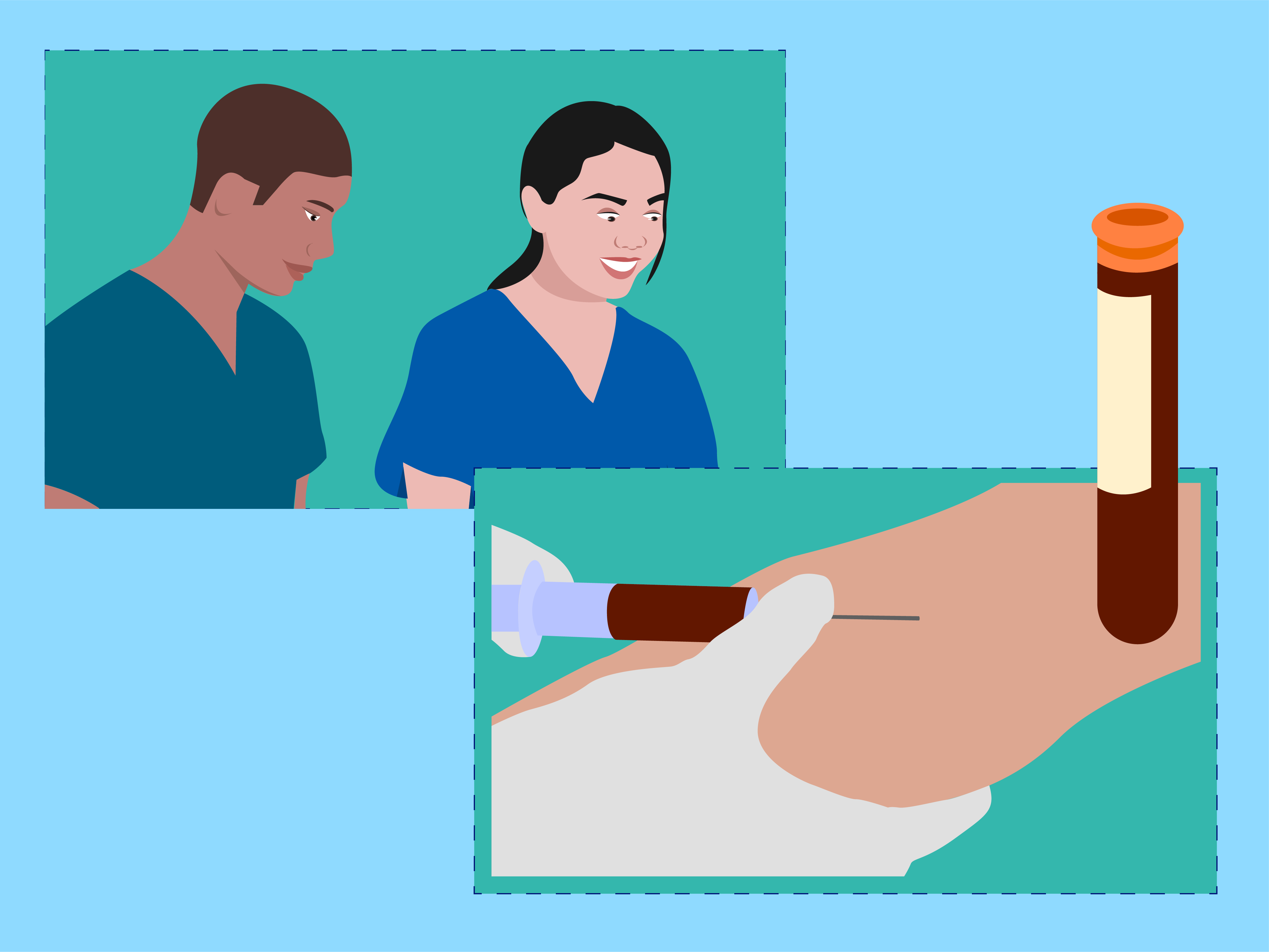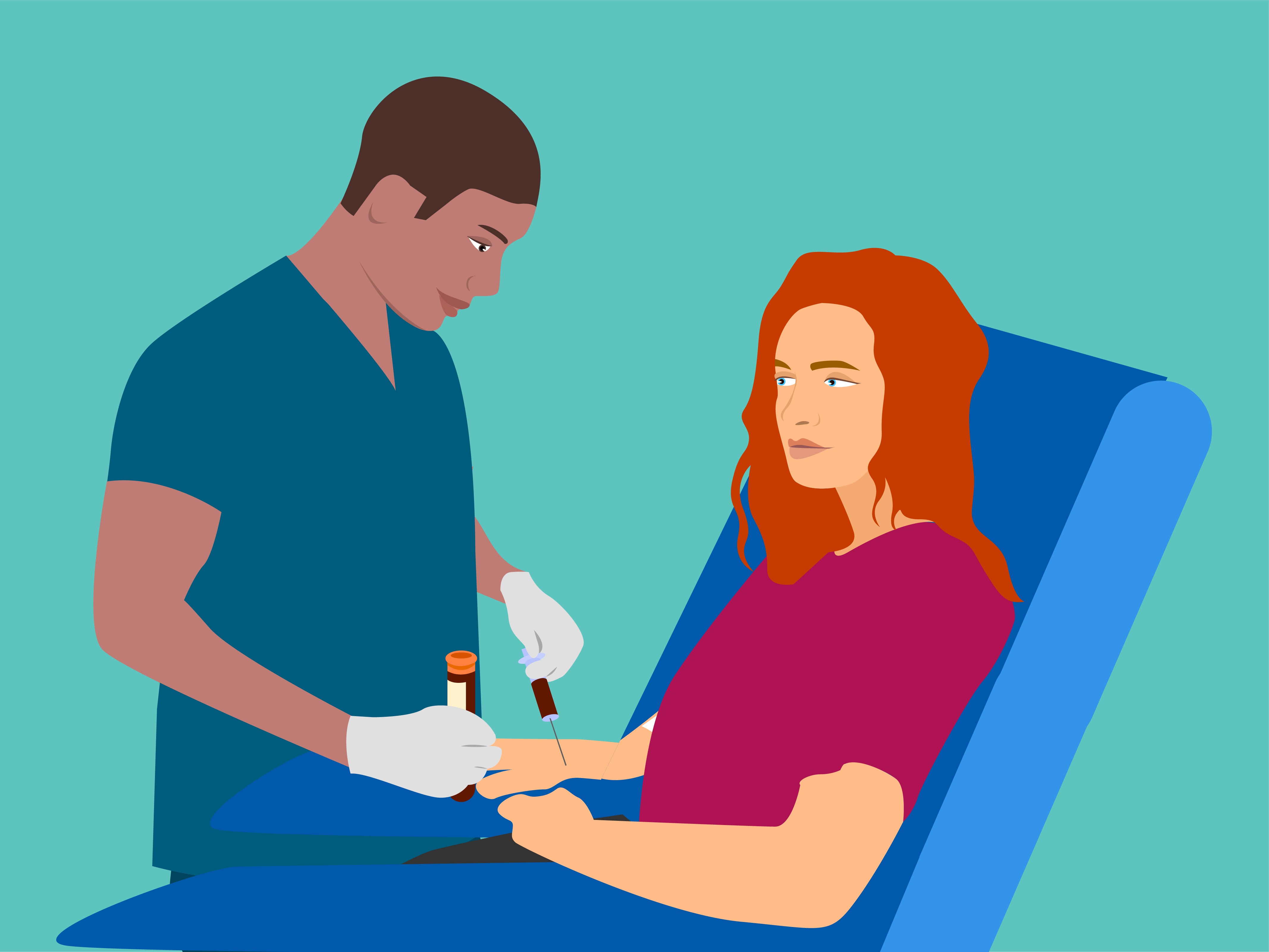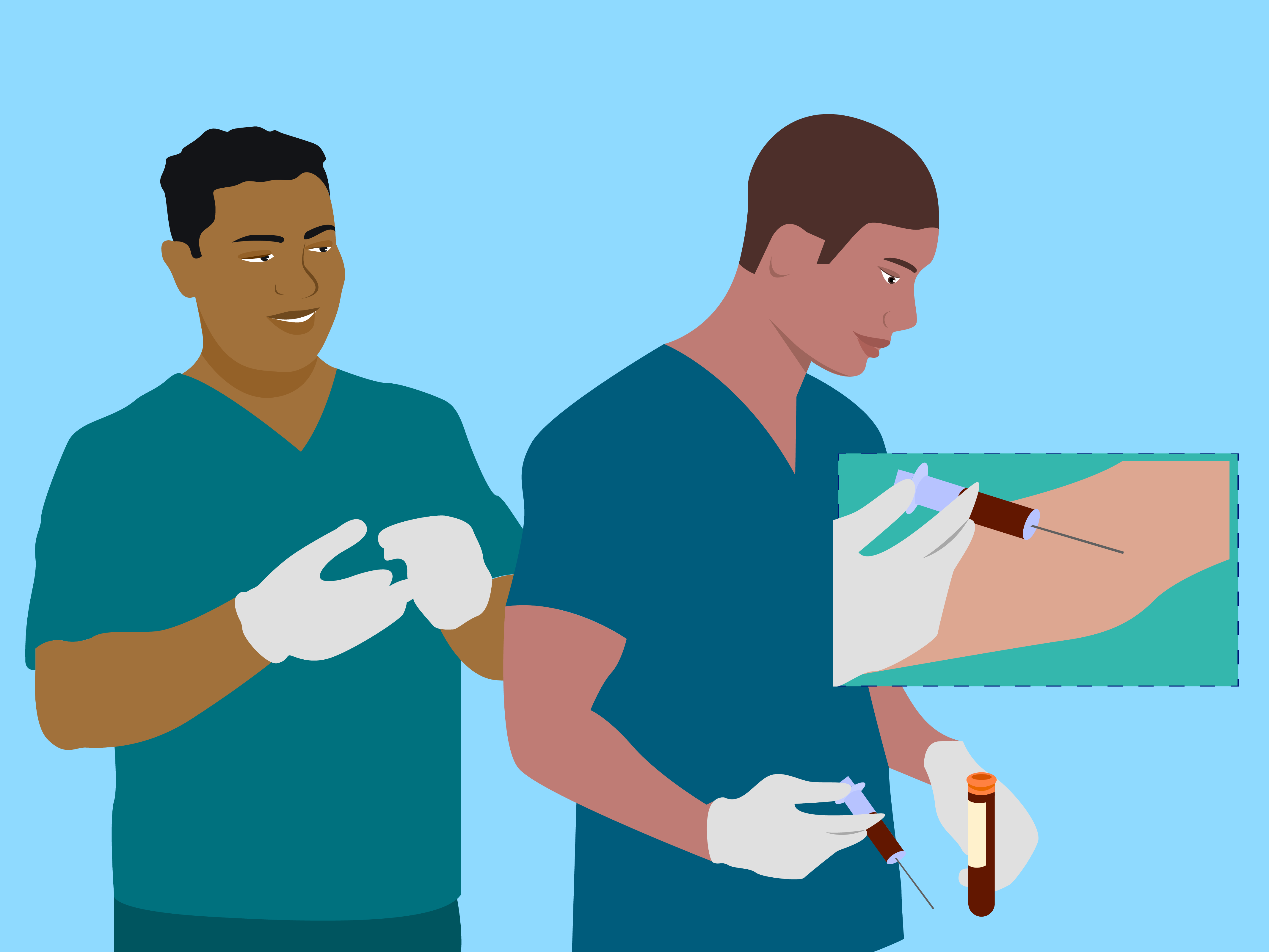Why see one, do one, teach one teaching methods works
In healthcare there is a learning mantra educators and trainers often use of ‘see one, do one, teach one’ for physical procedure skills. All workplaces do have procedures and processes that need to be followed. This method is useful in all workplaces. It's a powerful way to structure learning while working and doing based on the timeless apprentice module of learning. There is good learning theory and learning science as to why it works which is what we are going to explore in this blog post.
The ‘see one, do one, teach one practice isn’t perfect. In a follow up post I'll talk about the idea that maybe it should be ‘See one, Practise one, Do one, Teach one’.
See one - Monkey neuron in action

This stage involves a simple demonstration of a standard procedure or process by an expert. Often it’s useful for the expert to talk about why they are making certain decisions.
Sometimes when we focus on making learning more active and engaging we forget learners need to see the process first.
Watching and seeing a process provides the learner with a model to copy.
Watching instead of just reading about the process is important because it involves more senses, it’s visual, there is sound, and maybe smell and touch. The involvement of more senses than just reading about the experience increases the impact and likelihood of forming long term memories.
What is happening is our ‘Monkey neurons’ are being engaged. One of the most useful discoveries by Neuroscientists is ‘mirror neurons’ (Rizzolatti & Craighero, 2004). Neuroscientists have discovered that as we observe an act, the same neurons fire in our brains. Most of the actual research has been done with monkeys but there is evidence that the process works in the same way in humans. Another way to think about this is, humans copy what we see others doing.
I see this everyday with my granddaughter. Last week she was using a hand vacuum cleaner. Once she saw us using it, she wanted to try it.
The issue with a lot of learning is it’s nothing more than just watching and seeing, the next stages see one, do one, teach one are not integrated into the learning experience.
Do one - wiring the neurons

During this stage the learner actually does the process.
In the podcast The link between learning design and habit design. Britt Andreatta talks about the need to actively do tasks to turn it into a habit.
Practice is a vital element in the learning process. Getting better at something takes practice. Sure, you can convey information quickly but the skills that require instruction, the ones that really drive performance and innovation, also require practice. Practice is how we build those neural pathways and turn behaviours into habits because we all gain so much from the doing of something.
As the learner is doing a new task the process is being turned into ‘muscle memory’. In the learner’s brain the neurons are firing, and pathways forming the memories for doing the process are becoming stronger.
Teach one - building strong pathways

During this stage the teacher teaches other people how to do the process.
Many people have experienced how powerful it is to teach a process or topic to someone else. When you teach your expertise, you develop a different clarity about the process, you see new patterns.
From a learning theory point of view there is a lot happening during this stage.
- The learner is building what cognitive scientists call their own mental model, which represents their own language of the process.
- This teaching stage often happens after a period of time which means the details of the process are being recalled which builds stronger neuron pathways in the brain.
It's not always possible for everyone to teach a process. A similar process can be designed where after a period of time a learner is asked to write down, or draw, their own guide to the process. The key for this to work is, it is after a period of time because an important part of the reason teaching works is requiring the learner to recall details about the process that may have been forgotten.
Other reasons why ‘see one, do one, teach one’ works
Within the sequences of the ‘see one, do one, teach one’ process, embed the zone of proximal development, or what I call scaffolding the learning, which is ‘the distance between what a learner is capable of doing unsupported, and what they can do supported’.
With the ‘see one, do one, teach one’ sequence, a learner is not expected to start teaching a process until after they spend some time doing the process. With this method a novice is naturally guided to become an expert.
Learning while working - see one, do one, teach one works
‘See one, do one, teach one’ is a simple, powerful learning while working method, it’s something any supervisor or manager can use and it’s a learning design approach that can be embedded into a blended learning learning ecosystem.